What turns a dungeon into a fun-geon?
Caves full of bad guys and loot are central to RPGs, but some are better than others.
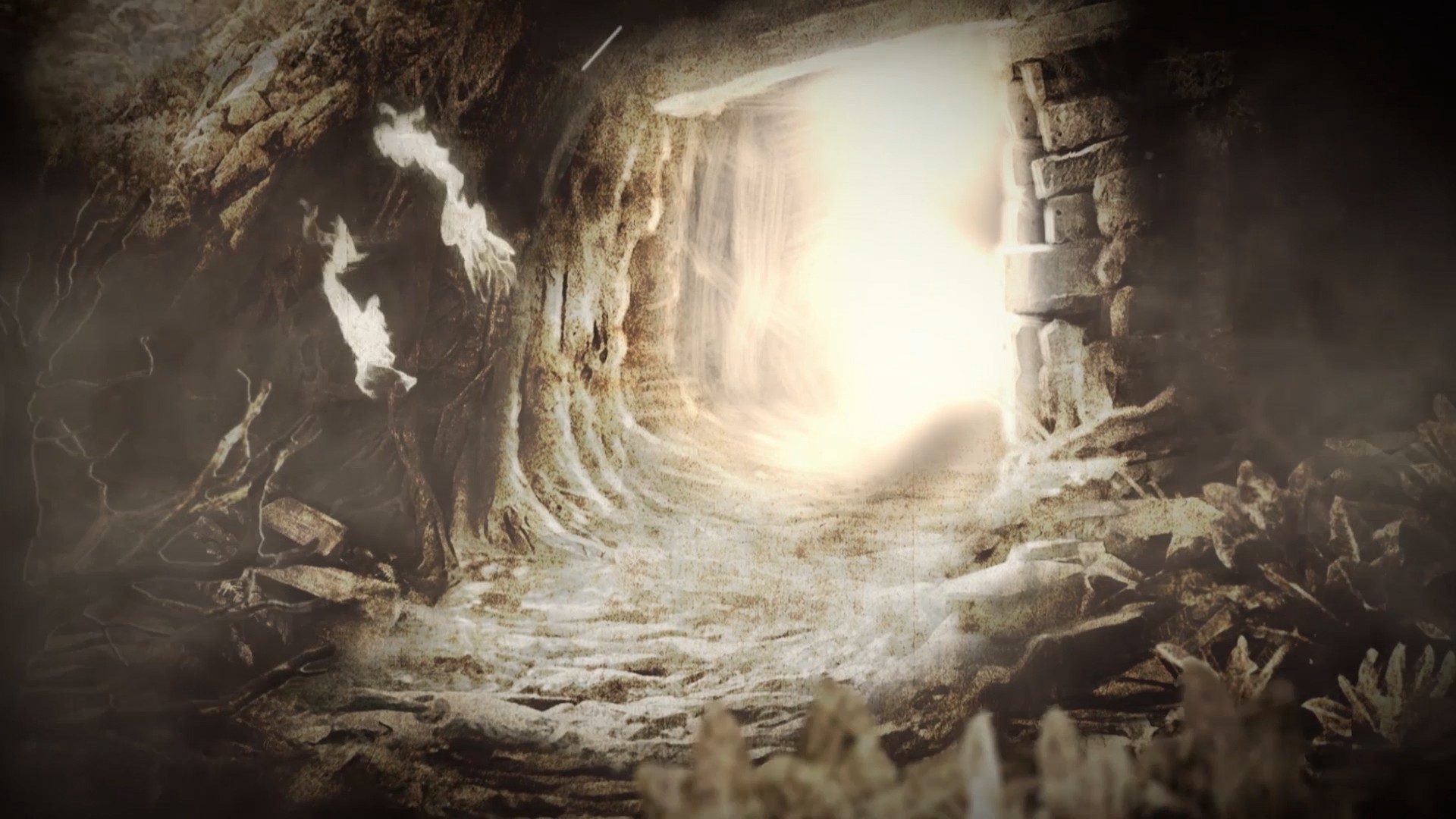
Find all previous editions of the PCG Q&A here. Some highlights:
- What's your most embarrassing achievement?
- Who did you romance in Mass Effect?
- Which unpopular sidekick would you defend with your life?
It's funny how the word "dungeon" has evolved from its original meaning of a castle's keep, to a prison beneath a castle, to its game-specific meaning of an underground labyrinth menagerie where you might kill things and find treasure.
Dungeons have been part of roleplaying games since the beginning. Before it was even called Dungeons & Dragons, co-designer Dave Arneson ran a game about infiltrating a castle called Blackmoor by breaking in from underneath that cemented the idea underground locations were a central part of the experience.
But not always an exciting one. Sometimes, dungeon crawls are there for the sake of tradition, long joyless slogs like the Deep Roads of Dragon Age: Origins. Other games reinvent dungeons to make them more enjoyable, with varying degrees of success.
What turns a dungeon into a fun-geon?
Here are our answers, plus a few from our forum.
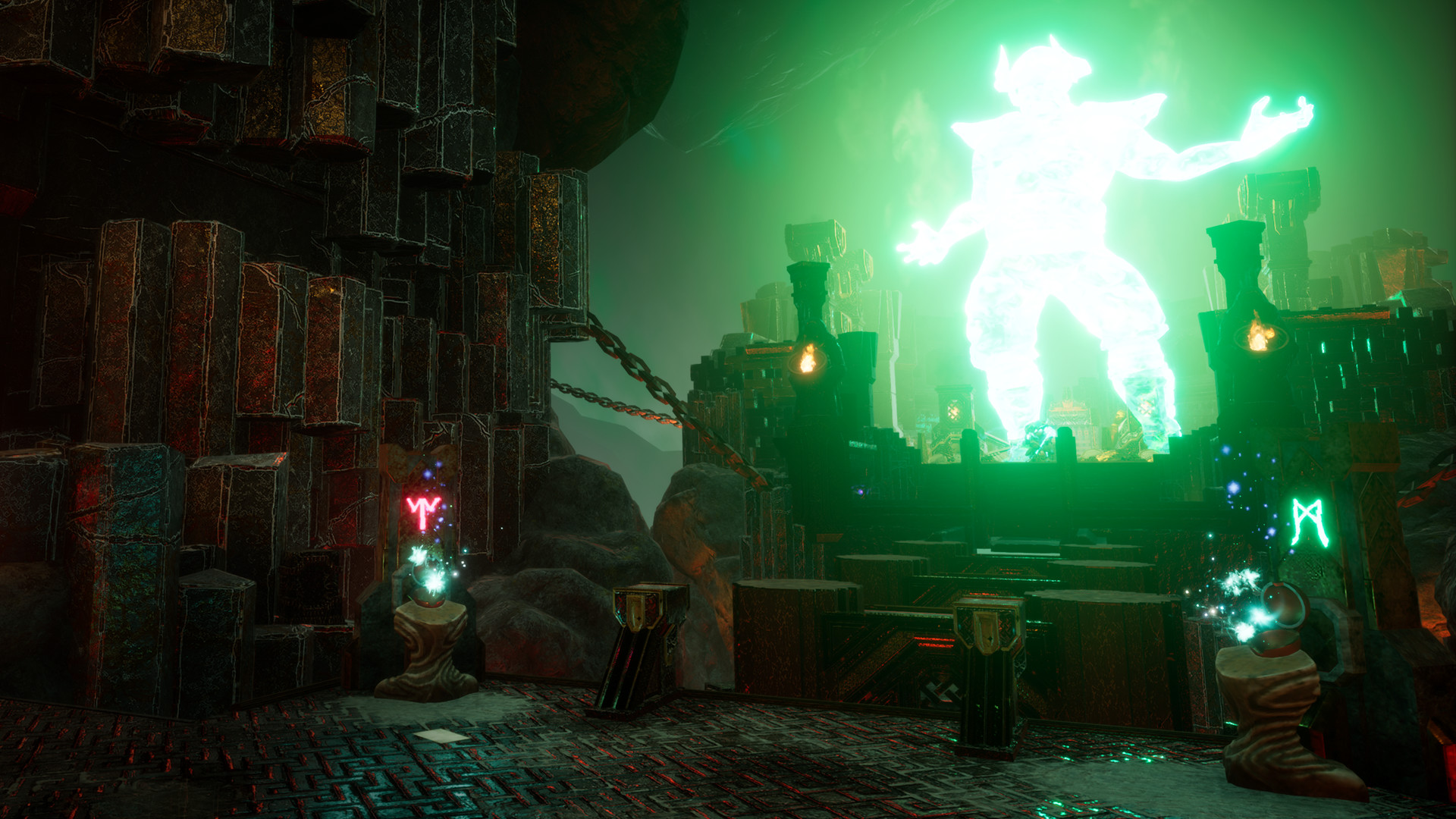
Wes Fenlon: Dungeons are good if you can click on stuff.
The nomenclature around dungeons in RPGs is really weird, huh—if you're playing a game that calls itself a "dungeon crawler," then the whole world is basically a dungeon, defined by its grid layout. In JRPGs, dungeons are usually the places you go to find some MacGuffin or progress to a new area, loosely defined as "a place with puzzles and combat." I think what makes a good one is how interactive it is. If it's just a sequence of samey, mazey hallways that you run through, fighting random battles and eventually getting to a boss at the end? Sorry, dungeon lovers—that's a shitty dungeon. Unfortunately, that's dungeons in most games. A game can still have a great combat system and make exploring those dungeons worthwhile, because fighting enemies is fun and engaging. Persona 4 comes to mind, for me. But the actual dungeons themselves are drudgery.
The biggest gaming news, reviews and hardware deals
Keep up to date with the most important stories and the best deals, as picked by the PC Gamer team.
Put clever puzzles in a dungeon, though, and you have my attention. The Bard's Tale 4 had some good ones. Though not on PC, Zelda dungeons are usually defined by their intricate puzzles. Another non-PC JRPG series, Golden Sun, made exploration a delight with environmental puzzles based on your elemental abilities. The more I can interact with the dungeon, the more I'll like it as its own space and not just a vessel for combat.
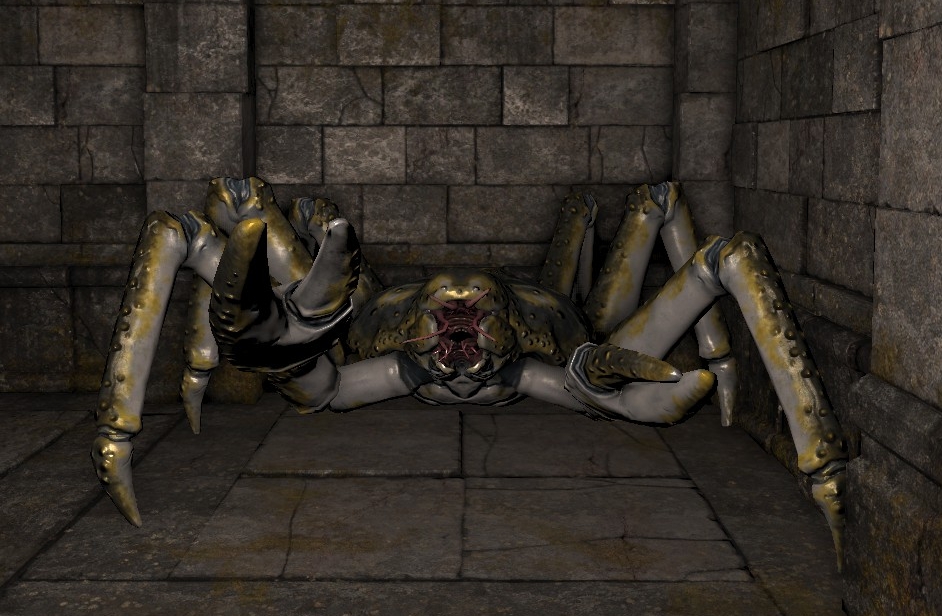
Robin Valentine: I love a good dungeon. I can understand why people don't—a bad dungeon can be very boring and grueling, and honestly videogames probably do them badly more than they do them well. But I do think as a concept they're still a great fit with the medium.
They're inherently constrained spaces, which has advantages. It means they offer very clear, limited decisions (go left, or go right?) which can be really refreshing compared to the often overwhelming openness of so many big games these days. They offer a complete, self-contained space that it feels within your grasp to learn and understand as you progress or root out secrets. Legend of Grimrock is a fantastic example of that idea done well—because the whole game is just one big dungeon, you get to know that space so well that by the end you're spotting secret buttons just because they don't match the stonework perfectly. You go from a scared rat in a maze to the master of your environment and that's super satisfying.
They also don't need a lot of justification. I always want games to give me some kind of control as early as possible—a huge lore dump before you even get to press a key, or dropped in just as things start getting interesting, can be a real momentum-killer. Dungeons need very little explanation or justification—we accept their presence the same way we do the presence of elves and magic swords, and they are inherently set up to be game spaces. Why are there monsters and traps to overcome? Because it's a dungeon. Why are there secret doors and puzzles? Because it's a dungeon. Why is there a boss guarding treasure at the end? Because it's a dungeon. Any more explanation than that can be sprinkled on as you go.
There's something almost primal about them. They've existed in games right from the very beginning, tracing a lineage from pen and paper through almost every classic RPG to now. They're iconic, and you can't say that about many kinds of underground building.
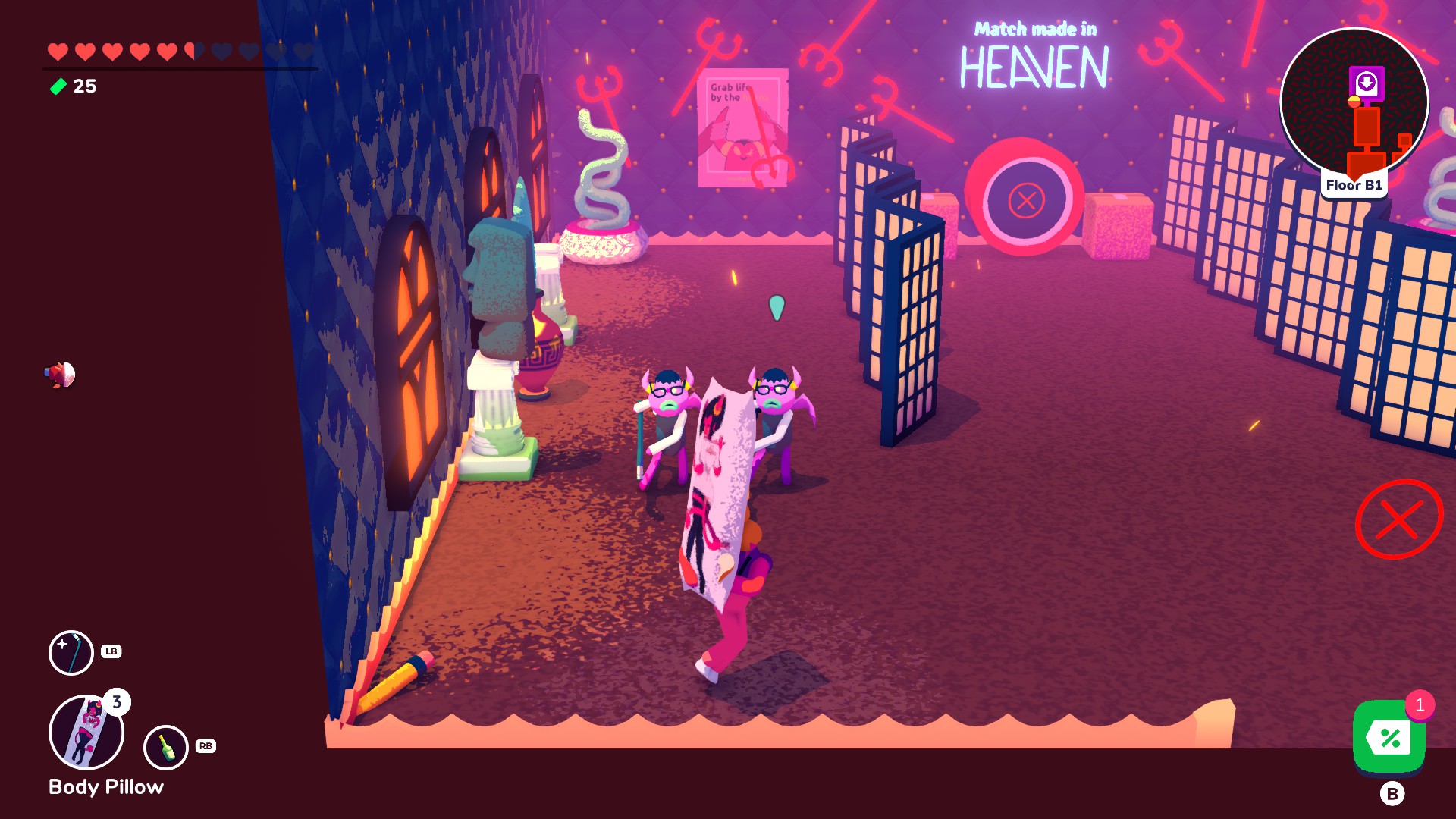
Graeme Meredith: I love a classic dungeon setting. Dark, damp caves or decrepit ruins are a gaming cliché I don't tire of when done well. But when talking about a FUN-geon, Going Under turned the trope on it's head beautifully, taking the classic dank pit setting and merging it with some tried and true 'Office Space' humour—with goblins as employees and office equipment the weapons. I loved every minute of the admittedly "on the nose" workplace metaphor, but it was the nonchalant store clerk selling you buffs that really made it. The idea of going through any dungeon and then taking a break to browse what's on offer from a "friendly" shop owner who's at the very least not on your side, and at most eagerly awaiting your death. That's the kind of trite dungeon stuff I dig.
Andy Chalk: I'm very much among the dungeon lovers too. I think Robin really nails it: Dungeons are focused, concentrated experiences—not necessarily linear, but connected. The best of them convey a sense of age and mystique that keeps them engaging even when the environment is limited or monotonous. Legend of Grimrock is a great example of this: Its corridors are very visually repetitive, but there's so much going on that it doesn't matter. It never feels boring—in fact it's one of the best dungeon crawlers I've played.
It doesn't have to be first-person though. A more tactical, party-based run through an isometric dungeon can be just as effective. It's all about creating a sense of place through secrets, stories, lost treasures, and isolation.
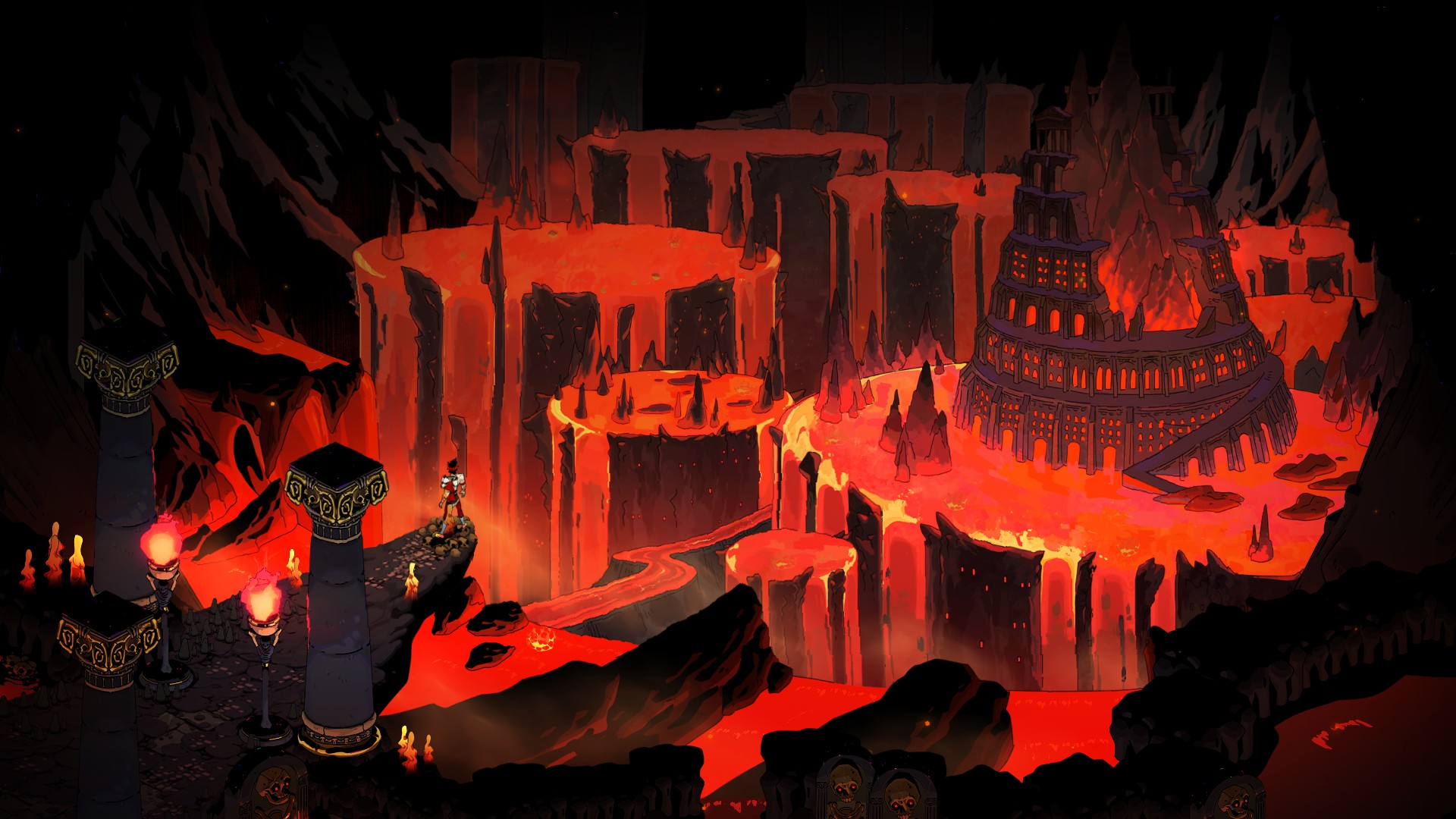
Jody Macgregor: Much as I like the Mines of Moria section of The Lord of the Rings, seeing endless games repeat it has really taken the shine off for me. Yes, the dungeon-hater has logged-on. Most of the time, videogame dungeons are just sewer levels with treasure chests.
The last game I can think of with a good dungeon was Hades. Its underworld is a dungeon in both senses of the word, a place you go to kill things and take their stuff as well as also a prison you're trying to escape, a more worthy motivation than the greed or curiosity that makes most adventurers descend. It's well-paced, too. Instead of dead ends and back-tracking it's all forward momentum, with Zagreus dashing from chamber to chamber with his demigod feet on fire, only pausing to take a timely breather when encountering one of the friendly underworld denizens like Charon or Eurydice. The fact it's full of mythic resonance is the final thing that makes it interesting—this is the domain of the dead, guarded by a three-headed hound and filled with lost souls, not some mine that kobolds have moved into.
From our forum
XoRn: Enemies that go pop when they die, taking out a slew of enemies with them. It's like bowling but you only have to knock down one pin to get a strike, and the pins are trying to kill you, and your bowling ball is an ancient glowing crystal with a name like Articus's Sore Tooth.
Even better is when the little boom boys drop gear and come at you in groups. One well lobbed plasma ball can cause a chain reaction, presenting a yard sale of loot on a hundred foot blood splatter. It's efficient slaying, leveling, and gear acquisition all at once, and for some reason, that particular enemy type lives exclusively in dungeons.
HyperboleJoe: Loot that makes exploration rewarding. One of my biggest frustrations is working out some solution to get into a hidden area filled with loot and you start popping crates, but all you get are a couple low-level healing potions and a weapon that's already 2 levels below you. I eventually just stop exploring in those games as it's almost always a waste of time.
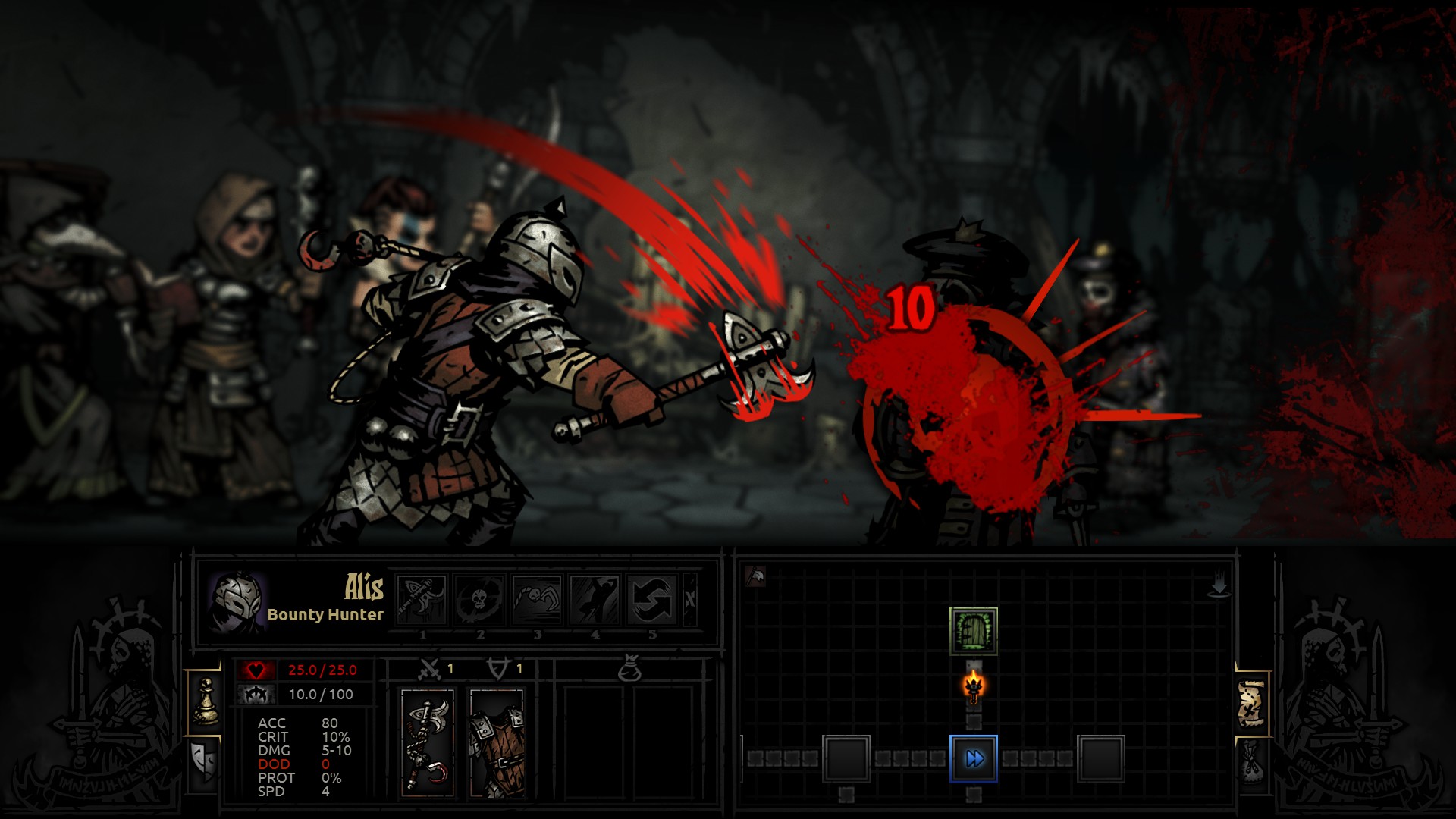
McStabStab: I love puzzles, loot, and interesting enemies, but what really makes a dungeon is the art direction. I love the little details like emaciated bodies still chained to their torture devices, blood streaks and hand prints staining the ground leading to a ominous hole in the wall, or defunct, rusting machinery, letting you imagine what once was there long before your arrival.
Zloth: Something interesting that either hasn't been done before or hasn't been done in a long time. Maybe there's dungeon politics going on, so the trolls and the hobgoblins are looking to use your party to end each other. Maybe there's a sound that generally gets louder as you get further in, and some rooms are louder than expected for reasons you explain somewhere along the line.
Also, make the dungeon look lived-in. Often times, monsters seem to be locked in their rooms—sometimes to the point of the monster being too large to use any exit! How do these critters live day to day? Where does their food come from? Take the time to think about these things and design the dungeon accordingly!
DXCHASE: Simple, doing dungeons with friends or being able to mow down enemies because you have a high level, good loot is always a plus, but dungeons are more fun when doing it with someone.
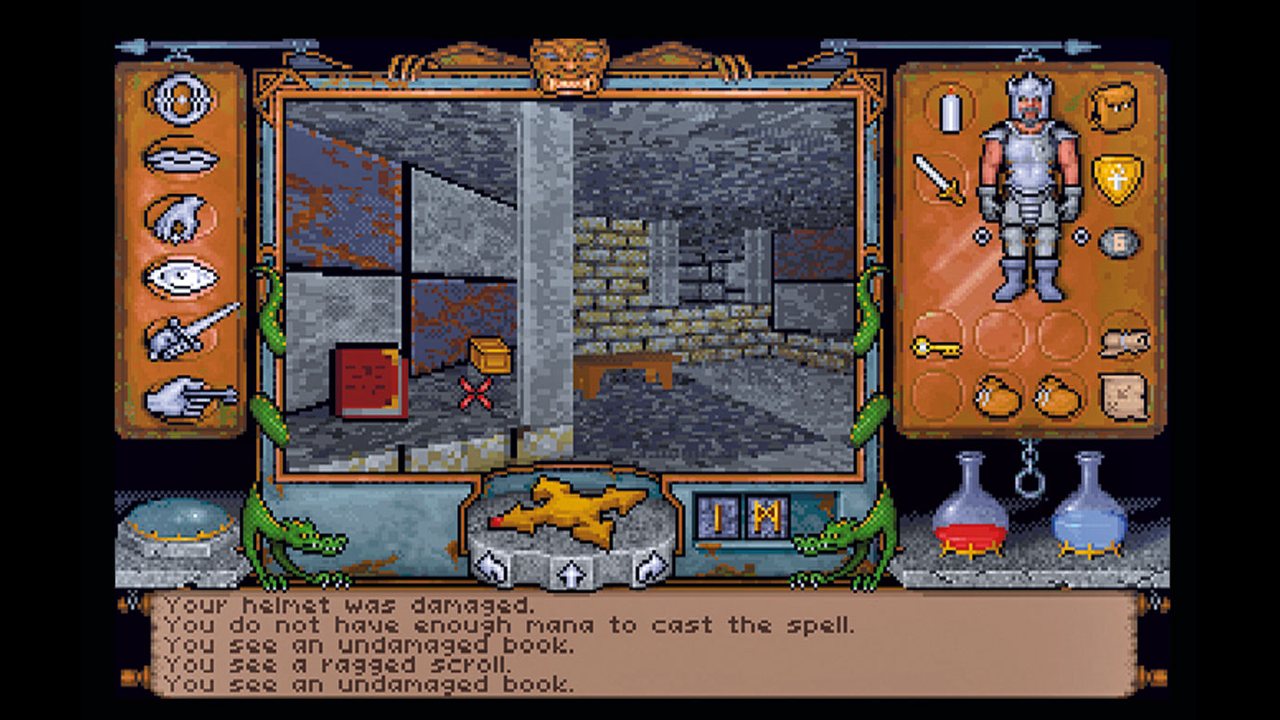
mainer: For me, the ultimate dungeon/fun-geon experience goes back to 1992 with Ultima Underworld: The Stygian Abyss. Exploring all those massive levels, you never knew what you would find, and it was always such a thrill to finally find the next doorway/staircase down. It wasn't just about bashing countless monsters and grabbing tons of loot, as not all inhabitants were monsters. There were the Mountain Folk (Dwarves), Lizardmen, Gray & Green Goblins, Knights of the Crux, & Seers of the Moonstone. Oh, there were monsters and loot, but not the massive amounts that we often find in todays RPGs
Things like learning the Lizardmen's language so you could communicate with them, the Rune Magic system, negotiating between the Gray & Green Goblins, finding a rune in some dark corner, and clever puzzles. It was dark, it was atmospheric, and the levels were all unique. Such a great experience, that for me, has never been equaled (and I've played a lot or RPGs and explored countless dungeons).
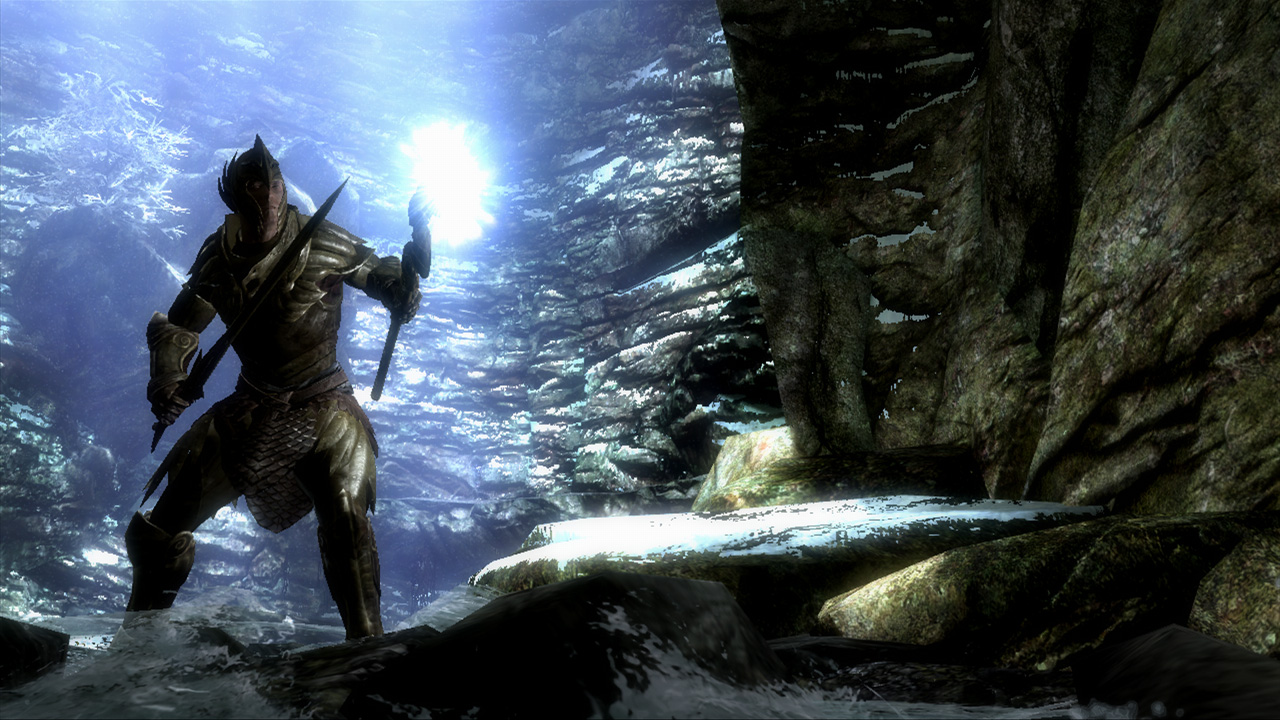
Krud: A few things that make a dungeon fun for me:
- Layouts and traps that make sense. And not necessarily "oh yeah, it makes total sense that there'd be this many rooms in this dungeon," but just a rhyme/reason to it that I have a chance of figuring out, ideally without dying during the figure-out process. There's no reason CRPG dungeons can't have the same level of baked-in clues and logic that a pen-and-paper dungeon (ideally) has. If the only way to solve a dungeon is to die and then just not do the thing that made you die before, that's a badly-designed dungeon, gameplay-wise. (In real life I suppose it'd be good to build it that way, where people just die rather than figure it out, but we're not talking about real dungeons here.)
- Ambience, both in an audio and visual sense. I want to hear drips and chains and skittering rats and distant groans. Even better if these sounds are cues as to what's to come (and perhaps no more distant groans once you've killed everything.) And no brightly-lit dungeons, that is rarely not distracting to me. I'm always installing mods into Skyrim and Oblivion to make the dungeons a tad less cooperative on the lighting front. Otherwise I might as well be exploring a mall. (Which, don't get me wrong, I'm totally on board with a game where you explore an abandoned mall. That was one of my favorite levels/areas in Cyberpunk 2077.)
- Fear. I know we're talking about traditional dungeons here, but to me Alien: Isolation had a great "dungeon crawl" feel to it at times, and part of what made it great was the sense that you were never safe. I like wandering/random creatures so that, even if I have played before, I don't know for certain that there will or won't be a monster around the next corner.
- Variety. While there's definitely something to be said for "a maze of twisty passages, all alike," I like the feeling of progression that comes with a subtle changing of the earlier-mentioned ambience. A sort of "Okay, we're getting into older sections of the dungeon" or vice-versa, "we're making our way into the newer portions of dungeon." And perhaps more creatures, better traps, etc. One thing I love about dungeons in Skyrim is when after going through numerous standard stone tunnels with torches and bric-a-brac, it suddenly opens up into a mossy cavern with shafts of light beaming down and stalactite/stalagmite pillars and whatever else. Anything to break up potential monotony, really.
- QUALITY CONTROL. None of the rest matters if the dungeon is buggy AF. I realize this applies to way more than just dungeons, but it always feels more egregious to me in that context, because they're usually closed systems and thus should be easier to beta-test, in theory. When you're running around outside in the open world with countless options at your disposal, it can be forgivable for the devs to overlook something the player might do in that context, but when we're funneled into a very tight and specific area with only so many interactive options, it really sucks when those options are glitchy, or the areas have clipping problems, and you get stuck in a wall or a chain doesn't react or NPC's walk the wrong way, or whatever else.

Pifanjr: I don't think anyone has mentioned this, though Zloth's post was related: for me it's the story/context/flavour. Adding a journal or some environmental clues about what happened in the dungeon makes the entire thing feel different.
Bethesda does this very well. Take for example Yngvild in Skyrim. What is essentially a dungeon with a bunch of draugr and spirits with a mage battle at the end becomes a fight to stop a twisted madman from enslaving the spirits of innocent women.
Another good example is Vault 22 in Fallout: New Vegas. The vault by itself already gives a nice change from the wasteland where you spend most of your time, but the various logs and messages you can find make the entire thing so much more memorable.
Frindis: Right now, I have to mention a dungeon in Path of Exile. You start in a unique map layout and have to work your way towards the end within a time frame. If you do not make it, you die. The first time I did the map, I had no idea what to do, but I understood after tinkering around, that I had to kill ALL the enemies and a door would open to the next level (yeah, I know, kind of self-explanatory) I had to rinse and repeat for a couple of levels in the dungeon and at the end, there was TONS of loot. While it might not seem like the most original idea ever made, I really liked this small map, mainly because I had no idea as to what I was jumping into and that I was surprised at the end.

Jody's first computer was a Commodore 64, so he remembers having to use a code wheel to play Pool of Radiance. A former music journalist who interviewed everyone from Giorgio Moroder to Trent Reznor, Jody also co-hosted Australia's first radio show about videogames, Zed Games. He's written for Rock Paper Shotgun, The Big Issue, GamesRadar, Zam, Glixel, Five Out of Ten Magazine, and Playboy.com, whose cheques with the bunny logo made for fun conversations at the bank. Jody's first article for PC Gamer was about the audio of Alien Isolation, published in 2015, and since then he's written about why Silent Hill belongs on PC, why Recettear: An Item Shop's Tale is the best fantasy shopkeeper tycoon game, and how weird Lost Ark can get. Jody edited PC Gamer Indie from 2017 to 2018, and he eventually lived up to his promise to play every Warhammer videogame.

